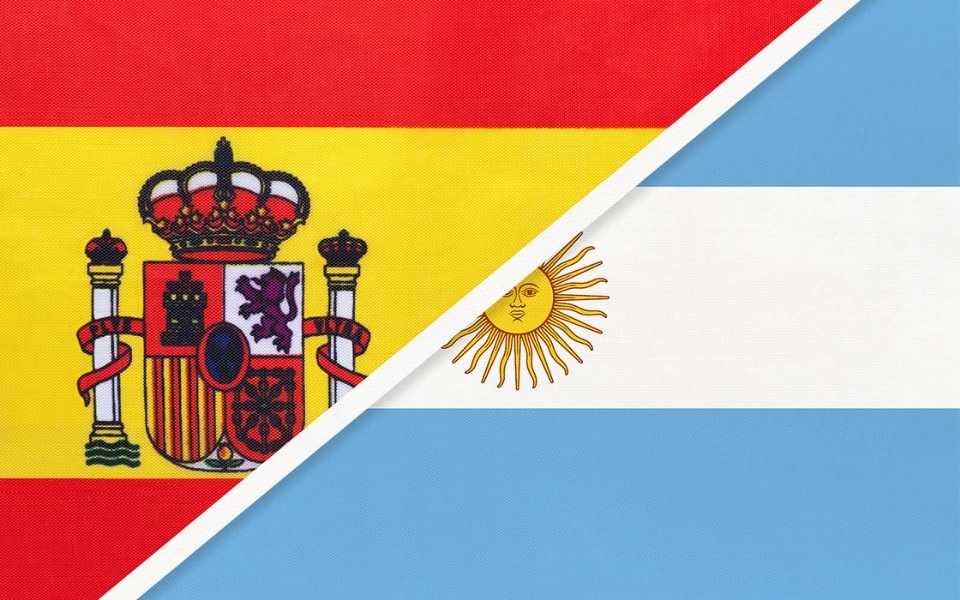Latin Spanish vs European Spanish: What’s the Difference?

With so many businesses requiring Spanish translation services, these businesses must specify whether they need to translate English to European Spanish or South American Spanish. This distinction might seem surprising since populations in Spain and Latin America speak Spanish. However, South American and European Spanish have distinct differences.
This article uncovers the significant differences between the two languages, highlighting the importance of defining your audience when seeking professional Spanish translation services.
Defining South American & European Spanish
South American Spanish and European Spanish are distinct variations of the same language. A good way to understand this is to make the same distinction with versions of the English language. For example, a Briton can understand an Australian, an American, and a New Zealander. However, each speaker has different expressions, accents, and vocabulary. The same is true for Spanish.
The European version of the language originated in Spain in the central province of Castile. This type of Spanish is known as Castellano of Castilian, called so due to its place of origin. Spaniards refer to the language as this rather than “Spanish” or “Espanol”, as many other languages are also spoken in the country. Examples include Basque, Galician, Catalan, and Valencian.
Conversely, the Spanish language is called Espanol or Spanish in South American nations. This name highlights the fact that the Spanish language originated in the country of Spain. Although the South American version originated from Castellano, it has evolved over time to have distinctions in pronunciation and vocabulary.
Speakers from both parts of the world can understand the Spanish spoken in the other, but they respond best to content in their native tongue. It helps ensure your audience connects and engages with your text rather than simply understanding it. Thus, you must decide whether to translate English to European Spanish or South American Spanish for your translation to be effective.
Differences in European vs South American Spanish Vocabulary
The term “continental lag” was first introduced by a linguist called Albert Markwardt. It was a term to describe the idea that a language was less likely to change than the language spoken in the origin country. For example, South American Spanish is less likely to change than European Spanish. This idea could explain why specific phrases and words used in South America differ; the language hasn’t caught up with the evolution of European Spanish.
Perhaps one of the most significant differences in vocabularies between both languages is the use of the pronouns “vosotras” and “vosotros”. This word is a second-person plural used when addressing a group of friends, but it is only used in European Spanish. In South America, the pronoun vosotros doesn’t exist! This means that when you translate English to European Spanish, you have this other pronoun to memorise.
South American Spanish is also heavily influenced by the countries and people around it. There were numerous native languages in South America initially, so the original Spanish language merged quite a number of these words from other languages with the Spanish vocabulary. South American Spanish has also borrowed certain words from English due to its close proximity to the US.
Differences in South American vs European Spanish Pronunciation
Although some differences in vocabulary exist, the major difference between both Spanish variants is pronunciation. The pronunciation of Z differs significantly. South Americans pronounce Z as S, while when you translate English to European Spanish, you’d use the TH pronunciation. Let’s take the phrase “la taza es azul” as an example, which means “the cup is blue”:
- In South America, this phrase would sound like “la tasa es asul”
- In Europe, this phrase would sound like “la tatha es athul”
Another difference is the pronunciation of double L and Y. In certain parts of Uruguay and Argentina, these sounds are pronounced like the SH sound in English. In European Spanish, the Y and LL are both pronounced as Y. An example is “esta lloviendo en la playa,” which translates to “it is raining on the beach”:
- In Argentina, this phrase would sound like “esta shoviendo en la pasha”
- In Europe, it would sound like “esta yoviendo en la playa”
Apart from the differences in particular letter sounds when you translate to Spanish, there are differences in how people speak. Some linguists can say that some South American nations speak Spanish in a sing-song accent. Those that translate to Spanish say that Colombian Spanish is neutral sounding. Even some countries drop the S in the middle or end of words!
Renaissance Translations’ Professional Spanish Translation Services
One of the most crucial decisions for any business is whether to translate English to European Spanish or South American Spanish. As this article has demonstrated, there are considerable differences in pronunciation and vocabulary. Choosing the most appropriate language version is crucial for creating content that connects with your audience.
If you want to translate a document to Spanish, the first question our project managers will ask is about your target market. We have available Spanish translators in all Spanish-speaking countries, so ensure the local dialects and nuances are considered. This produces genuinely authentic content that sounds as if it were written by a local.
Our company is an associate member of the Association of Translation Companies in England as well as the SDL LSP Partner Programme. Get in touch today to discuss your South American or European Spanish translation project or request a quote online. A member of our team will be in contact shortly!
